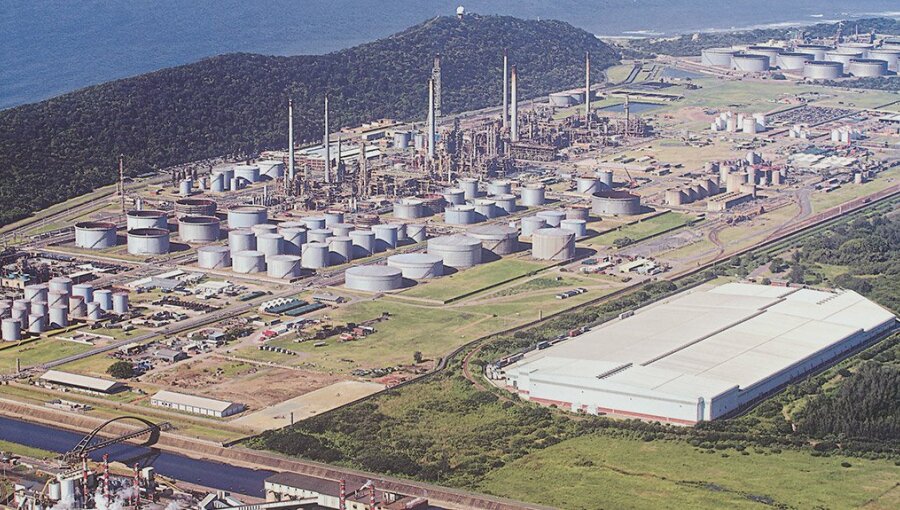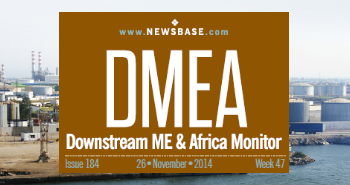South Africa seeks regional collaboration to advance major oil refinery revival

South Africa is seeking regional partnerships with national oil companies (NOCs) to revive its mothballed Sapref crude oil refinery site near the port of Durban on the east coast in KwaZulu-Natal province.
The government has reaffirmed its position that South Africa requires a large-scale oil refinery, despite significant global shifts, such as the growing transition to electric vehicles, Engineering News reported on February 18.
The 180,000 barrel-per-day (bpd) Sapref has been shuttered since March 2022, when its owners, energy supermajors BP and Shell, ceased processing activities citing strategic considerations and cost challenges. In April 2022, severe flooding in Durban further damaged the mothballed refinery.
Sapref was eventually sold in 2024 to the state-run Central Energy Fund (CEF) for a symbolic ZAR1 ($0.05) and incorporated into the South African National Petroleum Company (SANPC), with plans to repair the facility and expand its capacity.
At the Portfolio Committee on Mineral and Petroleum Resources meeting on February 11, the Department of Mineral and Petroleum Resources (DMPR) provided a briefing on the operationalisation of the SANPC, which is scheduled to commence operations on April 1.
Deputy director-general for mineral and petroleum regulation, Tseliso Maqubela, informed the committee that South Africa’s fuel supply security had been weakened owing to the recent shutdown of local refineries. This vulnerability was further exposed by a fire at the Natref refinery in January, which significantly impacted jet fuel availability at OR Tambo International Airport, as reported by NewsBase at the time.
Maqubela highlighted the growing reliance on fuel imports, evident from the increasing number of fuel tankers arriving at the port of Durban. While efforts to diversify supply sources and expand storage capacity were helping to address this dependence in the short term, inland storage remained inadequate, he said.
According to Maqubela, additional storage facilities and new fuel terminals at Island View site in Durban and the Port of Ngqura, which is part of the Coega Industrial Development Zone in the Eastern Cape province, would be essential to enhancing supply security.
Despite concerns over stranded assets owing to the expansion of refining capacity in the Middle East and Asia and the uncertainties brought by the energy transition, he maintained that South Africa still needed a large-scale refinery capable of processing over 400,000bpd.
“We need to build a refinery, whether it’s at Sapref or elsewhere,” Maqubela said, adding that the government previously proposed to build a refinery at Coega in the Eastern Cape. “We can’t have a Sapref that comes back at 180,000bpd. Sapref must come back at 400,000bpd or more,” he stated.
Maqubela also mentioned that the government intends to seek investment from a national oil company in the Southern African region, according to Engineering News.
“What would give us comfort is… if Sonangol [of Angola] can be part of rebuilding Sapref, or Botswana Oil,” he said as cited by the media outlet.
Angola has already become an important source of crude oil supply for South Africa, according to Maqubela. The committee members were also updated on the ongoing efforts to develop a Petroleum Sector Masterplan, which is expected to be finalised in the next financial year.
Last month, the CEF applied to the National Department of Transport to allow it to manage petrochemical assets at the Island View fuel storage facility, the country’s biggest fuel storage hub adjacent to the Sapref plant, as reported by NewsBase.
The move is part of broader efforts to address South Africa’s reliance on fuel imports, which has grown from 22% in 2019 to 61% owing to ageing refineries shutting down in response to industrial accidents and stricter low-sulphur fuel regulations.



Follow us online